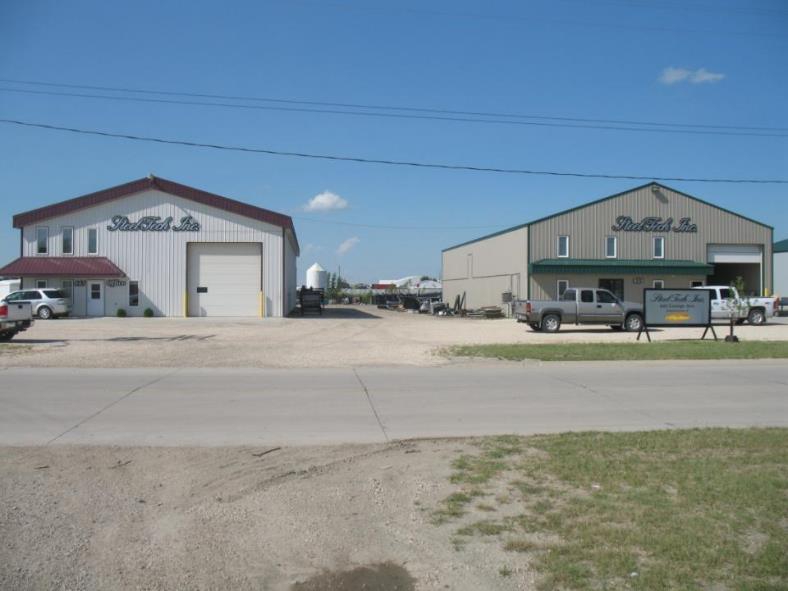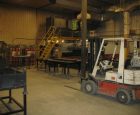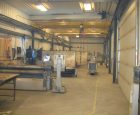
Using lean times to become Lean
January 26, 2016
By Ryan Friesen SteelTech

Dec. 14, 2015 – Ours is a story of growth, of building and most importantly, blessing. SteelTech Inc. started humbly, as most businesses do, in 2001 with the founders of the company as the only employees working out of a rented shop and some borrowed equipment building outdoor wood furnaces. In the first year, owners Ben Wall and Jake Friesen built and sold 80 units. By 2005, company growth called for the purchase of a newer, bigger shop and by the end of 2006, the neighbouring shop was also ours.
In 2008, demand for outdoor wood furnaces was at an all-time high and demand had to be met using satellite shops for welding and assembly. Times were good and making money was easy.
However after 2008, the effects of the recession hit home. At the time, we felt we needed a bigger shop to work in even though demand had decreased considerably and the value of the U.S. dollar was falling, significantly cutting into our margins. It was a tough decision, one that we wrestled with for a few months knowing it would have huge implications for the direction of our company in the future.
And then we went to a presentation that changed everything.
It was a presentation on Lean manufacturing. Lean manufacturing has been famously championed and pioneered by such companies as Honda and Toyota as keys to their success in becoming leaders in the automotive industry. At its heart, Lean manufacturing forces you to evaluate all of your activities and ask yourself: would my customer pay for this?
Are they willing to pay for that inventory sitting there? Are they willing to pay for your employee to walk across the room to get that tool or part? Are they willing to pay for the rework going through your shop? What about the scrap you throw away? Do they want to pay for that over-engineering or extra feature?
In the end, we all build these forms of waste into our price but our customer isn’t paying for that, nor do they want to. And you can’t blame them. In the end, it’s about eliminating waste from your processes and delivering value to your customer.
We decided not to purchase a bigger shop and the high overhead costs that would undoubtedly come with it. Within the first year of our Lean journey, we had completely changed our shop to incorporate better product flow and eliminate time wasted from moving products and people around. We also changed the way we purchased and batch manufactured our products. Instead of bringing 1,000 of this and a truckload of that, we bring in only what we need to make this batch of products.
Batch times went down 75 per cent, helping us to cut inventory in half. Meanwhile, lead times for our customers went down 75 per cent by cutting batch times.
The shipping/receiving position became a half-time position with the ability to do other things and support manufacturing activities by asking suppliers to deliver products to the point of use.
Our company became an employer of choice because the shop is clean, organized and safe for people to work in.
A Lean journey is never-ending — we still see things everyday that need to be improved. However, taking the Lean manufacturing journey not only helped us survive the recession and the par Canadian dollar, it helped us build a higher quality unit, gain market share, become more profitable, and become a market leader by helping us keep our focus on providing value to our customers.
In 2014, our company set a record for sales and profits while keeping all manufacturing under one roof, reducing batch times to under three days and using 33 per cent less labour per furnace.
And so, the journey continues…
Ryan Friesen graduated from the University of Manitoba with a B.Comm. (Hons) degree. He has worked in manufacturing since 2005 and helped install Lean manufacturing processes at SteelTech Inc.
This column was originally published in the November/December 2015 issue of Manufacturing AUTOMATION.
Advertisement
- The grip is key: Ramping up robotic assembly line tasks
- Grey beards and blue plaid: How to keep from falling behind



